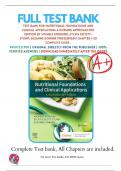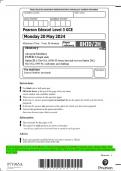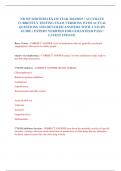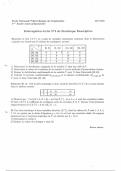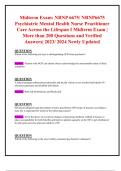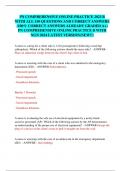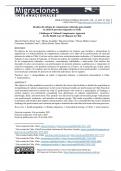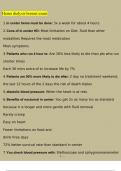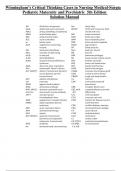Exam (elaborations)
Test Bank For Nutritional Foundations and Clinical Applications A Nursing Approach 8th Edition By Michele Grodner; Sylvia Escott-Stump; Suzanne Dorner ( ) / 9780323810241 / Chapter 1-20 ||Complete A+ Guide
Test Bank For Nutritional Foundations and Clinical Applications A Nursing Approach 8th Edition By Michele Grodner; Sylvia Escott-Stump; Suzanne Dorner ( ) / 9780323810241 / Chapter 1-20 ||Complete A+ Guide
[Show more]
